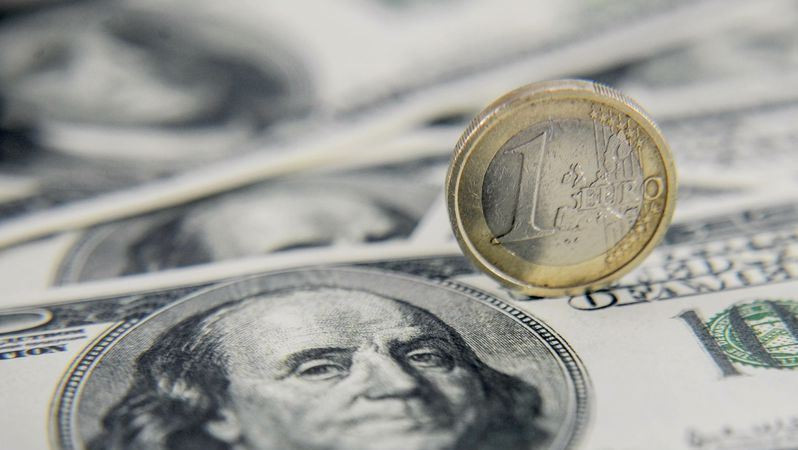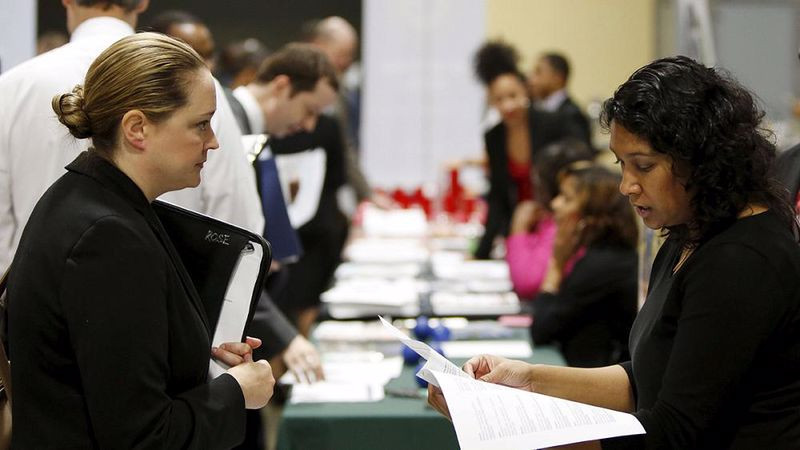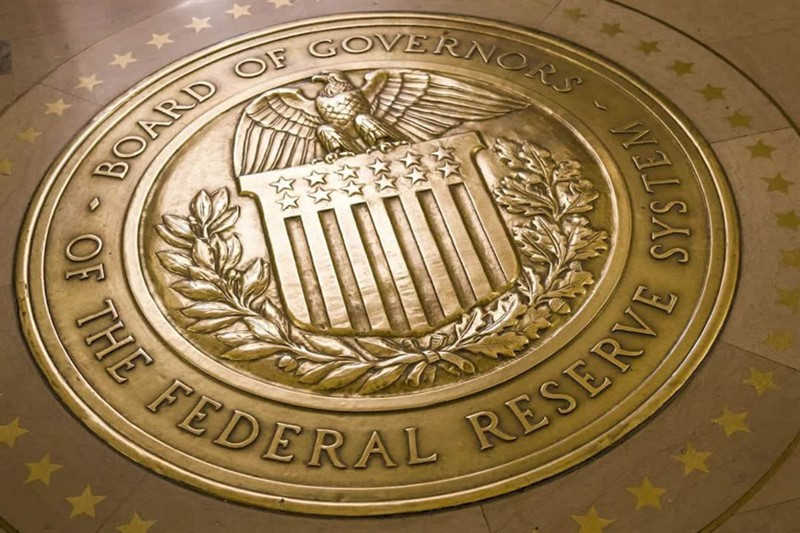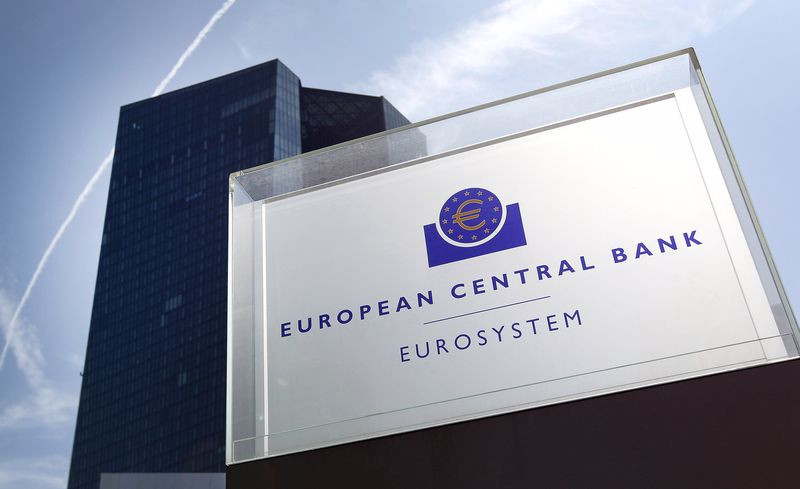
The topics that worried investors at the end of last year, including the tightening of monetary policy by the main central banks due to the steady nature of global inflation, remain relevant at the beginning of 2022.
The S&P 500 index started the new year on a positive note, rewriting a record high at 4,797 points on the first day of trading.
On Tuesday, the index exceeded the mark of 4800 points for the first time in history, but then lost the points scored and went into negative territory, which decreased by 0.1% to 4794 points at the end of Tuesday.
Traders focused on data on production and employment in the US, as well as on the growing profitability of long-term US government bonds.
The day before, the indicator for 10-year treasuries approached 1.7%. This put pressure on the shares of companies in the technology sector, the fall of which pulled down the S&P 500 index.
A similar picture was observed in the foreign exchange market, where the greenback strengthened with a broad front on Tuesday morning, but lost its positive momentum at the end of the US session. As a result, the USD index moved away from the two-week high noted earlier in the area of 96.46 points. This allowed the EUR/USD pair to minimize its losses. Nevertheless, it closed in the red zone for the second consecutive day on Tuesday, having decreased by almost 0.1% following the results of yesterday's trading.
Retail sales in Germany helped the main currency pair to rebound from the lowest levels since December 22, recorded at 1.1270, which in November did not fall by 0.5% on a monthly basis, as expected, but increased by 0.6%. In addition, unemployment in the country unexpectedly dropped significantly in December (by 5.2%).
As for the data for the United States, the ISM manufacturing index reached its lowest value in 11 months in December, dropping to 58.7 points against the projected 60.0 points and 61.1 points noted a month earlier. At the same time, the number of open vacancies in the labor market (JOLTS) The US dollar was lower than the previous value revised upwards from 11,091,000 to 10,562,000.

The S&P 500 broad market index fluctuates between gains and losses on Wednesday, and the EUR/USD pair is trying to extend the previous day's rebound and is trading above 1.1300. Despite the moderate pressure from dollar bears, the main currency pair is still experiencing difficulties with growth.
Investors did not pay much attention to macro statistics for the eurozone. According to the final data, the composite purchasing managers' index of the currency bloc dropped to 53.3 points in December from November's 55.4 points at the previous estimate of 53.4 points.
The minutes from the Federal Reserve's December meeting will be released today. Following the meeting, the central bank decided to speed up the curtailment of asset repurchases by half and stated that it could raise interest rates in three steps.
The futures market expects the first rate hike in the United States by May and two more increases by the end of 2022.
The USD index updated its annual high near 96.9 points in November. This is how the index reacted to the beginning of the curtailment of the QE program by the Fed, according to DBS Bank.
"We believe that the US central bank will fully complete the curtailment of the asset purchase program by mid-2022, after which it will raise interest rates twice in the fourth quarter of 2022. In anticipation of this event, the dollar will receive support, although the strengthening of the greenback this year will be less aggressive than in the second half of 2021," the bank's strategists said.
"Judging by past experience, we expect the USD to strengthen again in anticipation of the Fed's first rate hike, after which it will begin to lose ground," they added.

Goldman Sachs analysts believe that in 2022 the dollar will decline moderately if the US central bank signals a gradual tightening of monetary policy.
If the European Central Bank does not change its rhetoric and does not deploy it in a more hawkish way, the normalization of monetary policy will not be able to support the euro, Goldman analysts emphasize.
The EUR/USD pair has been trading in the range of 1.1180-1.1380 since the end of November.
According to ING's forecast, the main currency pair will break through the lower limit of the range in the first half of this year.
"We still believe that the lower limit of the 1.1180–1.1380 range will be broken, but this can wait until strong US statistics convince players that the Fed will raise the rate three times this year, and the tightening of monetary policy in the US will accelerate," the bank's strategists said.
"We believe that the lower limit of the current range will be broken in early 2022, and in the second half of the year, the attention of market participants will shift to one ECB rate hike (probably in March 2023). Thus, in the first half of 2022, the EUR/USD pair has a chance to mark a new low before recovering towards the end of the year," they added.
As a member of the ECB's Governing Council, Martins Kazaks, said today, the central bank is ready to raise rates and curtail stimulus measures, if necessary.
"The ECB will be ready to act if inflation forecasts rise. In this scenario, a rate increase will be possible at the beginning of 2023," he said.

The euro showed little volatility in response to Kazaks' hawkish comments. However, investors understand that forecasts for an ECB rate hike in early 2023 are conditional and the monetary rate of the central bank still depends on incoming data.
Credit Suisse believes that the level of 1.1387 will continue to restrain EUR/USD, which will eventually cause the pair to fall to the area of 1.1019-1.1002.
"We still believe that the EUR/USD pair is forming a bearish continuation pattern. A decline in support of the short-term trend of 1.1260 will confirm our forecast, within which we expect a drawdown to 1.1224. A further fall will confirm the formation of the pattern and clear the way for the bears to retest the key support and the low of the current cycle at 1.1186-1.1168. Eventually, this area will be broken through, which will cause the resumption of the basic bearish trend in the direction of the measured goal of the top of the head and shoulders pattern at 1.1075, and then to our main goal of 1.1019-1.1002 (the Fibonacci correction level of 78.6% of the upward trend of 2020-2021 and the neck line to the base of April-May 2020)," the bank's specialists noted.
"Meanwhile, a close above 1.1387 will signal the formation of a short-term base and will allow the pair to recover to 1.1431-1.1440, and then to 1.1464 (the Fibonacci correction level is 38.2% lower since the end of September), but growth should be stopped here," Credit Suisse believes.
 English
English 
 Русский
Русский Bahasa Indonesia
Bahasa Indonesia Bahasa Malay
Bahasa Malay ไทย
ไทย Español
Español Deutsch
Deutsch Български
Български Français
Français Tiếng Việt
Tiếng Việt 中文
中文 বাংলা
বাংলা हिन्दी
हिन्दी Čeština
Čeština Українська
Українська Română
Română

